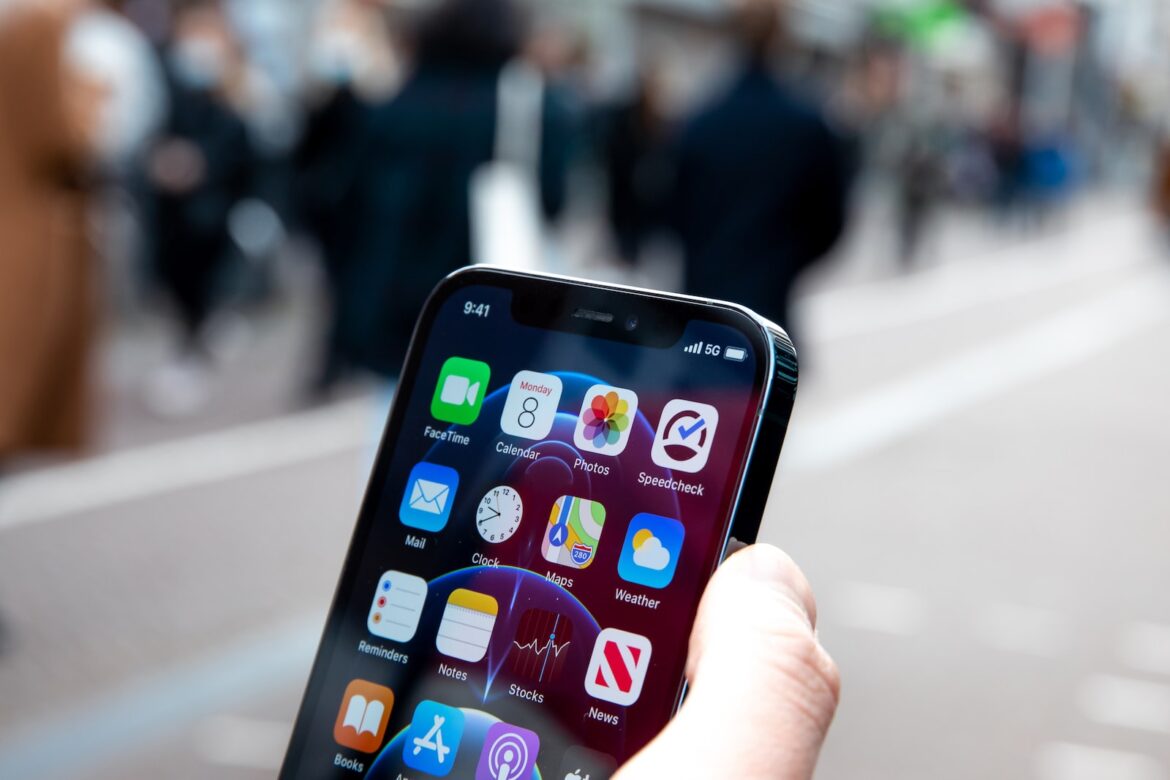Organizing your mobile data can be a daunting task. Whether you’re trying to keep track of contacts, photos or important documents, it can feel overwhelming when everything is all over the place. But having your data organized and managed effectively doesn’t have to be so hard! In this article, we’ll give you some tips on how to manage and organize your mobile data with ease.
Do you ever feel like you’re drowning in a sea of digital information? You’re not alone – many people struggle with organizing their digital life on their phones. This can lead to chaotic contacts, lost files and an overall disorganized system that leaves us feeling frustrated every time we try searching for something specific. Fortunately, managing our mobile data doesn’t have to be such a headache.
With the right tools and techniques, anyone can become an expert at keeping their phone running smoothly. Read on to learn more about how you can effectively manage and organize your mobile data without breaking a sweat!
Analyze Your Mobile Data Usage
In order to effectively manage and organize your mobile data, it’s important to take the time to analyze your usage. Knowing how much data you’re using is key in determining which plan or package fits best for you. Take a look at your current monthly statements – this will provide an understanding of where most of your data is being spent. From there, try tracking what types of apps and programs are consuming more data than others so that you can adjust accordingly.
Once you’ve identified patterns in your data usage, then comes the fun part: finding ways to reduce those numbers! Depending on the type of user you are, there may be different options available such as switching providers or plans with lower rates. You could also opt for Wi-Fi when possible instead of relying solely on cell towers for internet access – this will save precious data! Other tips include disabling autoplay for streaming services and turning off push notifications from certain applications. With some careful planning and organization, managing your mobile data doesn’t have to be complicated.
Understand Your Mobile Data Plan
It’s important to understand your mobile data plan in order to effectively manage and organize your mobile data. Knowing the ins and outs of your plan helps you stay within the limits and avoid costly overages. First, check with your provider for details about how much data is included and what happens if you exceed it. Also find out when each billing cycle ends so that you can keep track of how much data you are using throughout the month.
In addition, be sure to read up on any restrictions or limitations associated with your plan – such as slowdowns after a certain amount of usage has been reached – so that you know what actions should be taken before reaching those thresholds. By taking these steps now, you’ll save yourself from surprises later on down the road. With this knowledge, managing and organizing your mobile data becomes easier and more efficient.
Utilize Data-Saving Apps
When it comes to managing and organizing mobile data, utilizing data-saving apps is a great way to stay on top of your plan. These types of apps can help you monitor which applications are consuming the most data and offer tips for reducing usage. There are some free options available that let you track your data daily, weekly or monthly, as well as providing helpful notifications when you reach certain thresholds.
Additionally, these apps often provide extra features such as setting limits on background app refresh, restricting certain content from loading over cellular networks, blocking ads in browsers, or compressing images before they download. By taking advantage of all these options, users can ensure their precious data isn’t being wasted unnecessarily. The key to effective management is knowing how much data you have left in your plan each month so you can make informed decisions about what applications and services to use.
Set Data Usage Limits
Another way to effectively manage and organize your mobile data is to set data usage limits. This can be done through most phone settings, allowing you to limit the amount of data used over a period of time. You can also utilize apps that help track your data usage so you have an idea of how much will be used on a daily basis. Setting these limits gives you control over how much data is being used and prevents unnecessary spending or exceeding monthly limits.
You should consider which activities are more important for you when setting up your data plan. For example, streaming video uses significantly more data than sending emails, so if possible try to reduce streaming as much as possible in order to stay within the limits of your plan. Additionally, some networks may offer unlimited plans but with certain restrictions such as speed throttling after reaching a certain threshold; it’s worth researching what these entail before signing up for them. Taking all this into account will ensure that your mobile data management is both effective and organized.
Conclusion
In conclusion, effectively managing and organizing your mobile data is important to ensure that you’re getting the most out of your plan. By analyzing your usage and understanding your plan, you can adjust settings to make sure it meets your needs. Furthermore, using data-saving apps and setting limits can help keep data use in check. Finally, backing up regularly will protect you from losing any valuable information stored on your device.
I hope this article has given you some useful tips on how to manage and organize your mobile data more efficiently. With careful planning and attentive monitoring, you can maximize the benefits of your plan while avoiding overspending or exceeding data limits. Keep these strategies in mind for a hassle free way to enjoy all the features of your phone without worrying about running out of data!

